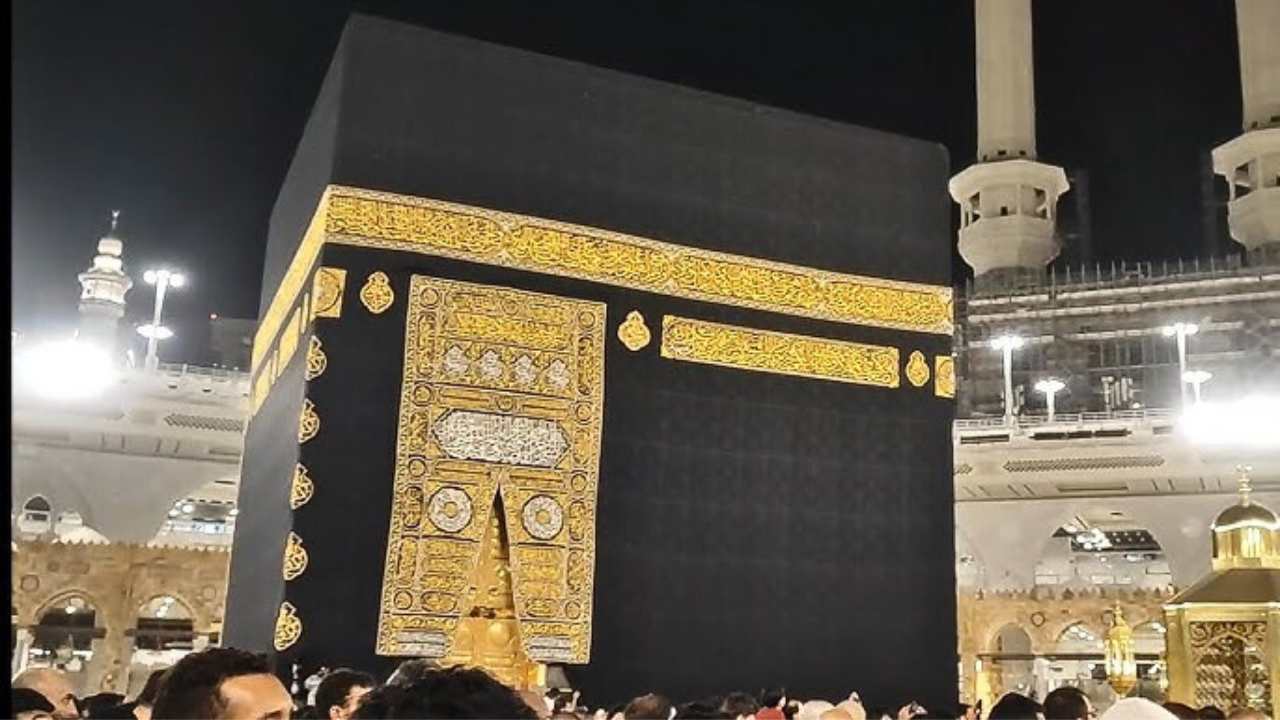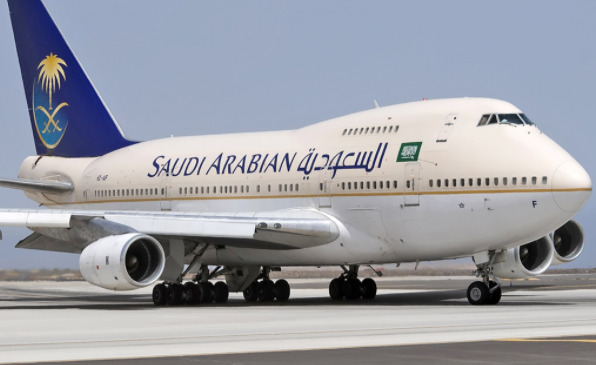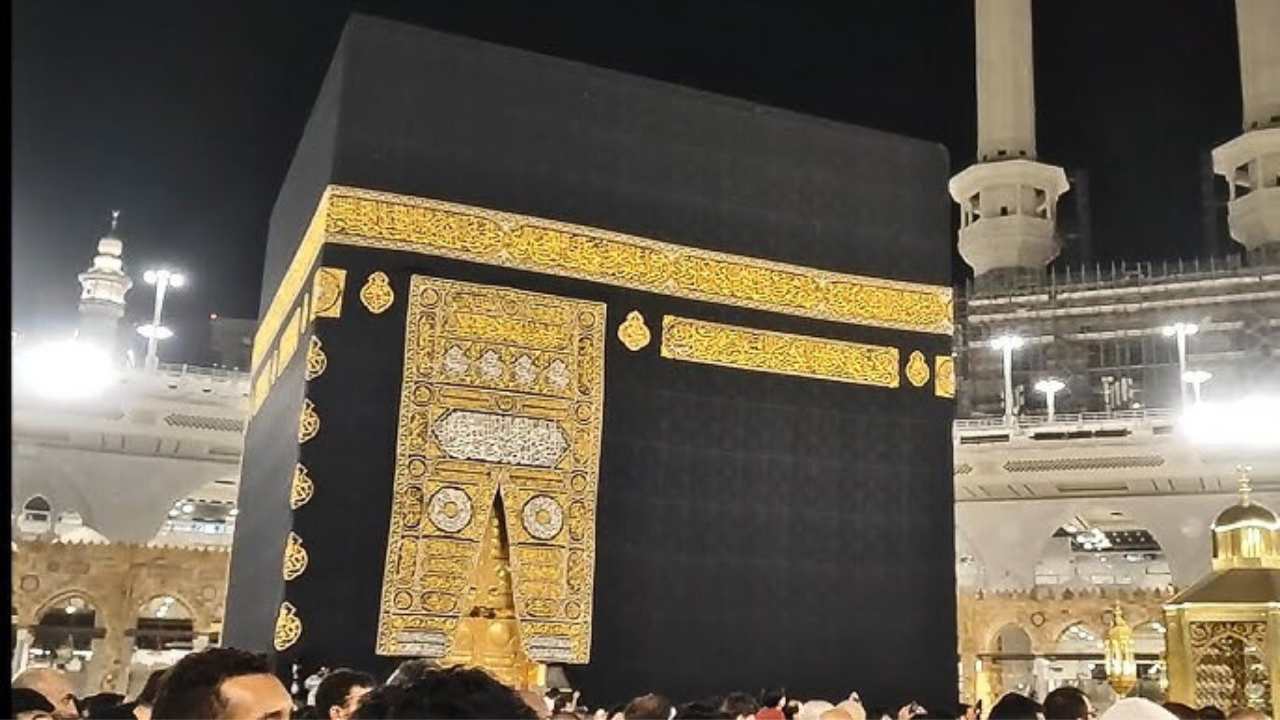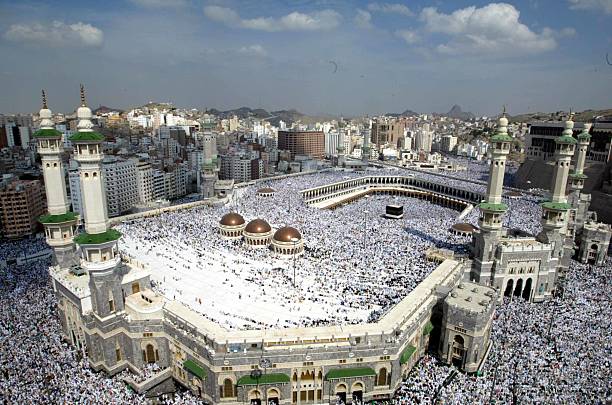Hajj is a once-in-a-lifetime opportunity for Muslims to seek Allah’s blessings. It is a spiritual experience to purify the soul from sins and obligatory worship for those Muslims who are physically and financially stable enough to tackle its ongoing barriers. Mecca is a central attraction attracting millions of pilgrims yearly and is pivotal to uniting the Muslim nation. Millions of Muslims come to perform their religious obligation, which causes a crowd of millions and introduces complicated Hajj health facilites issues.
Ensuring the health and safety of each pilgrim is a significant challenge for management, and it involves several precautionary steps and safety measures to prevent emergency situations. The Hajj, combined with extreme heat months, long walking distances, continuous indulgence in different rituals, and crowded conditions, results in a high demand for medical assistance.
Health Requirements and Guidelines
Before travelling for the Hajj, pilgrims must comply with specific health criteria to ensure their eligibility for physical fitness. These eligibility criteria assist in monitoring health conditions and allow for adopting proactive measures to prevent future health issues. For example, although pilgrims have no age restrictions, according to Saudi authorities, pilgrims 65 years or older should consult medical professionals before traveling for the Hajj.
Pilgrims with severe health issues such as chronic diseases, heart issues, or diabetes problems must consult their medical advisor, and it's more beneficial to prevent the Hajj journey for their safety. Pre-hajj health check-ups and screening are also the best way to get guidelines according to personal medical conditions. Pilgrims must comprehensively evaluate their current medical condition and blood tests to ensure all health and fitness. This advanced assessment ensures that pilgrims are physically fit to perform the time-consuming rituals of Hajj.
Required Vaccination and medication before travelling for hajj is also a healthy way to prevent infectious diseases during crowd gatherings. Pilgrims must consider the vaccination for COVID-19, seasonal influenza, or any other infection that can spread in crowded situations. Pilgrims with constant health issues must keep their medication in their luggage to ensure their safety and healthy spiritual experience.
Medical Hajj Facilities and Services
On-site Medical Centers: Saudi authorities established these comprehensive medical networks to ensure timely access to healthcare facilities and assist pilgrims in preventing critical health issues. These medical centers are located near the most crowded and important pilgrimage sites, providing basic health care assistance to recover minor cuts and injuries.
They also provide pharmacy services and emergency care to assist in critical medical emergencies.
Mobile Medical Units: These medical facilities help in significant areas such as Mecca, Arafat, Mina, and Muzdalifah. Since Hajj is large-scale worship, it is required to cover the distance in various regions, so MMUs are established to ensure pilgrims’ safety throughout their journey. These mobile services are available at transportation hubs and important pilgrimage sites, lavished with trained staff and high-profile doctors to cover emergency health issues. Emergency Services:
These services are essential to offer quick assistance in medical emergencies. Saudi authorities arrange a wide network of ambulances in all crowded pilgrim sites and respond quickly to ensure timely evacuation. These ambulances are equipped with advanced medical equipment and trained staff, whereas air ambulance facilities are also available when road evacuation becomes restricted.
Specialized Care: Saudi authorities offer special medical assistance for chronic medical conditions. For example, diabetes patients can receive diet and medication advice, whereas heart and blood pressure patients can also receive personalized care to manage their long-term issues.
Health and Safety Measures
The Saudi government is efficient and vigilant in arranging all safety measures for pilgrims' safety. The Hajj authorities set up sanitizing stations in all key areas, and cleaning staff regularly cleans and disinfects the mosques, tents, and toilets. They minimize infection risks by disinfecting the crowded regions several times daily. The cleaning teams efficiently dispose of and clean waste areas, fostering a hygienic and clean environment for pilgrims.
Pilgrims should also follow precautionary measures for their safety such as drinking water and using umbrellas are helpful in heat stroke risks. They must rest in cooling and shaded areas in peak heat times to prevent direct sun exposure, and they must have smooth access to medical teams for quick help and medication.
Food vendors often use low-quality ingredients and do not follow hygienic preparation instructions; therefore, pilgrims must consume food after obtaining complete satisfaction with the storage, preparation, and serving methods of food stalls. Pilgrims should drink only the water provided by Saudi authorities to ensure their safety from food poisoning and contaminated foods.
Health Education and Awareness
The local authorities of Saudi Arabia have taken progressive initiatives to educate pilgrims about their safety and health management. Before starting the hajj season, local ministries of various countries or travel agencies conduct training and workshop sessions to spread comprehensive awareness about expected health risks and methods to resolve them.
In these sessions, pilgrims learn about common infections that can instantly transfer from one person to another. The training teams describe the symptoms and methods for preventing infectious diseases from spreading. Training sessions also provide comprehensive information about receiving the required vaccination and its importance for staying safe while performing hajj rituals.
The authorities distribute informative material on pilgrim sites such as accommodation hotels, airports, and mosques to inform the pilgrims about personal care and ways to protect themselves from unexpected health emergencies. The print material deals with practices essential for a safe and healthy pilgrimage. These pamphlets and brochures are delivered in multiple languages to ensure accessibility and understanding for every pilgrim.
Coordination with Local Health Authorities
Collaboration with local authorities fosters control over health issues and assists in addressing critical emergencies. The local authorities of Saudi Arabia finalize all arrangements after collaborating with the ministry of health to ensure robust arrangements for Hajj health facilities and resources to manage emergencies. This collaboration ensures effective disease control and health education for pilgrims. Regional health centers integrate with local medical centers, providing all equipment, medication, and staff to ensure pilgrims’ safety.
The health managing teams offer an active helpline where pilgrims can get medical assistance on a single call. These helplines are available in multiple languages to accommodate maximum pilgrim needs. The training sessions also help individuals by offering different websites and mobile apps to ensure quick access to Hajj health facilities and real-time tracking of medical conditions. The authorities use public announcements in different hajj areas, such as Mina, Arafat facilites, and Masjid-ul-Haram, to deliver valuable tips and considerations for health efficiency.
The Saudi monitoring teams use real-time surveillance to track health emergencies or break down casual situations into health incidents. The managing teams provide easy reporting channels where pilgrims and health workers can smoothly report health incidents, such as infectious problems or abnormal health symptoms. The monitoring teams follow real-time data-sharing practices to share expected health threats and suggest suitable solutions according to the situation.
Feedback and Improvement
Collecting feedback responses after hajj helps make data-driven adjustments to prevent future health emergencies, and Saudi authorities use multiple methods to conduct a successful and informative survey. They distribute surveys and questionnaires to collect pilgrims’ feedback about health arrangements. These survey forms can integrated with mobile apps or uploaded on healthcare websites; teams also provide paper forms at healthcare centers to collect user-based reviews.
The regulatory authorities regularly assess the Hajj health facilities’ performance through KPIs.Their performance evaluation is done through response to health emergencies, managing the situation and outcomes in patient health guidelines, and making required adjustments. The regulatory survey team collaborates with pilgrims to get experience-based information about staff behavior and the professionalism of the healthcare team.
The regulatory personnel take data-driven decisions from pilgrims’ feedback, performance analysis, and health conditions to make progressive adjustments. This proactive approach guides to improvement of service delivery, language barrier, and overall healthcare infrastructure. Based on survey results, the managing teams arrange staff training and development programs to foster their performance and offer maximum facilities for pilgrims to enhance their spiritual experience.
Final Analysis
The Saudi government and Hajj management authority are committed to delivering a seamless spiritual experience without creating health concerns and complications. The setup for medical centers and arrangements for emergency evacuation showcases authorities’ struggle to fulfill their commitment. Developing robust help centres, active ambulances, and dedicated guidance to prevent health issues ensures that individual and family hajj regulations concern pilgrims' safety. Pilgrims should also develop responsible behavior to maintain their health during pilgrimage sessions.





